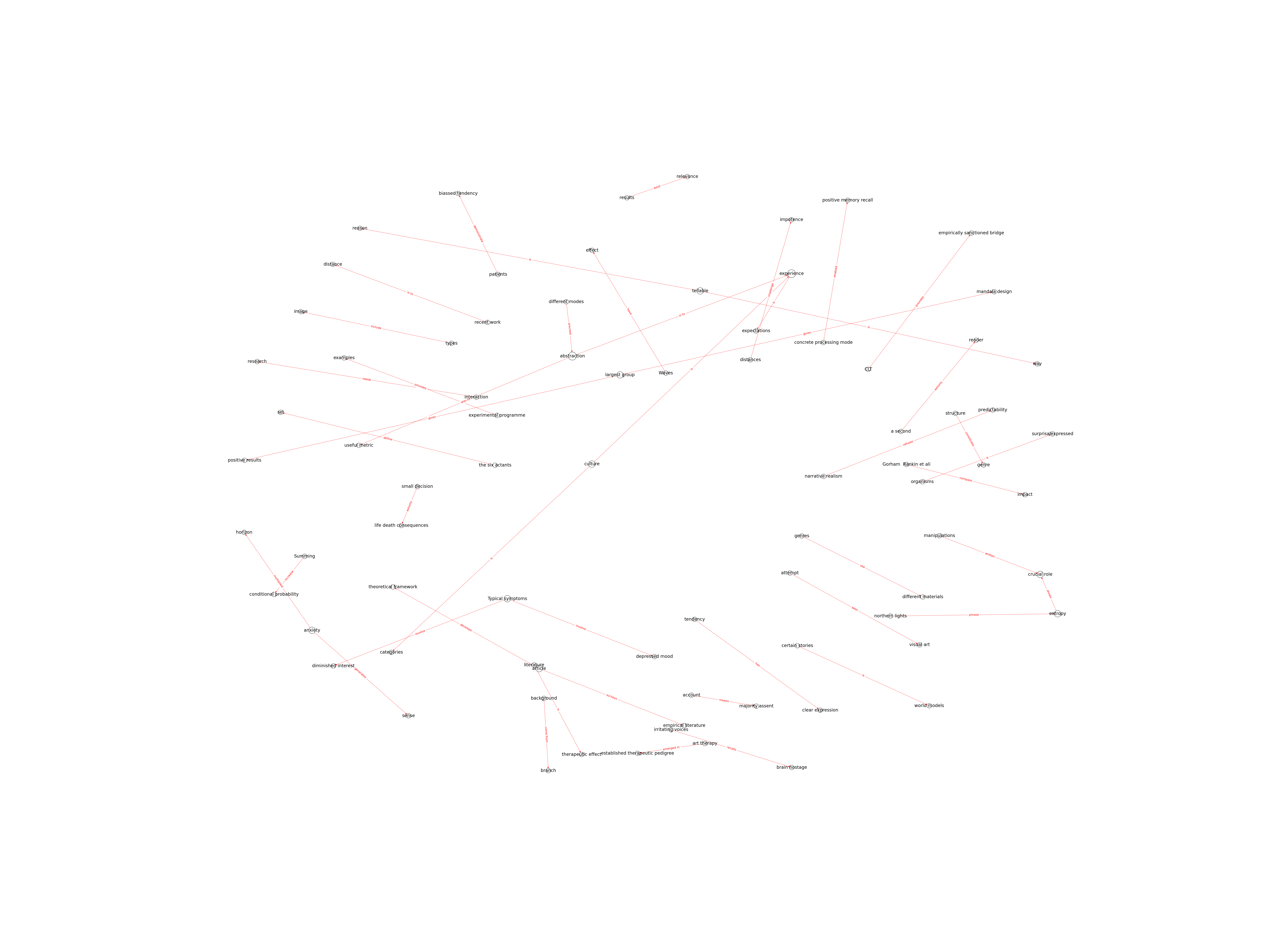| Id | 599 | |
| Author | Carney J. | |
| Title | Culture and mood disorders: The effect of abstraction in image, narrative and film on depression and anxiety | |
| Reference | Carney J.; Culture and mood disorders: The effect of abstraction in image, narrative and film on depression and anxiety ;Medical Humanities vol:46 issue: 4.0 page:430.0 |
|
| Keywords | Art; Film; Medical Humanities; Narrative Medicine; Psychotherapy |
|
| Link to article | https://www.scopus.com/inward/record.uri?eid=2-s2.0-85074565250&doi=10.1136%2fmedhum-2018-011459&partnerID=40&md5=2ea160d117e5713414455fe116e3c68e |
|
| Abstract | Can cultural representations be used to therapeutic effect in the treatment of mood disorders like depression and anxiety? This article develops a theoretical framework that outlines how this might be achieved by way of mid-level cultural metrics that allow otherwise heterogeneous forms of representation to be grouped together. Its prediction is that abstract representations -as measured by Shannon entropy -will impact positively on anxiety, where concrete representations will positively impact on depression. The background to the prediction comes from construal level theory, a branch of social psychology that deals with the effects of abstraction on psychological distance; the types of cultural representations analysed include image, narrative and film. With a view to evaluating the hypothesis, the article surveys the empirical literature in art therapy, creative bibliotherapy and cinema therapy. © Author(s) (or their employer(s)) 2020. Re-use permitted under CC BY. Published by BMJ. |
|
| Metodology | Technique |

Note: Due to lack of computing power, results have been previously created and saved in database


